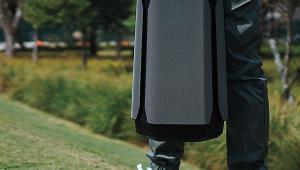...for a well-written and highly informative review. Please, however, allow me to address a pet peeve that is completely off-topic. "Begging the question" means something rather specific and not what most media writers think it means. Look it up.
Sorry. I feel better now.


































































